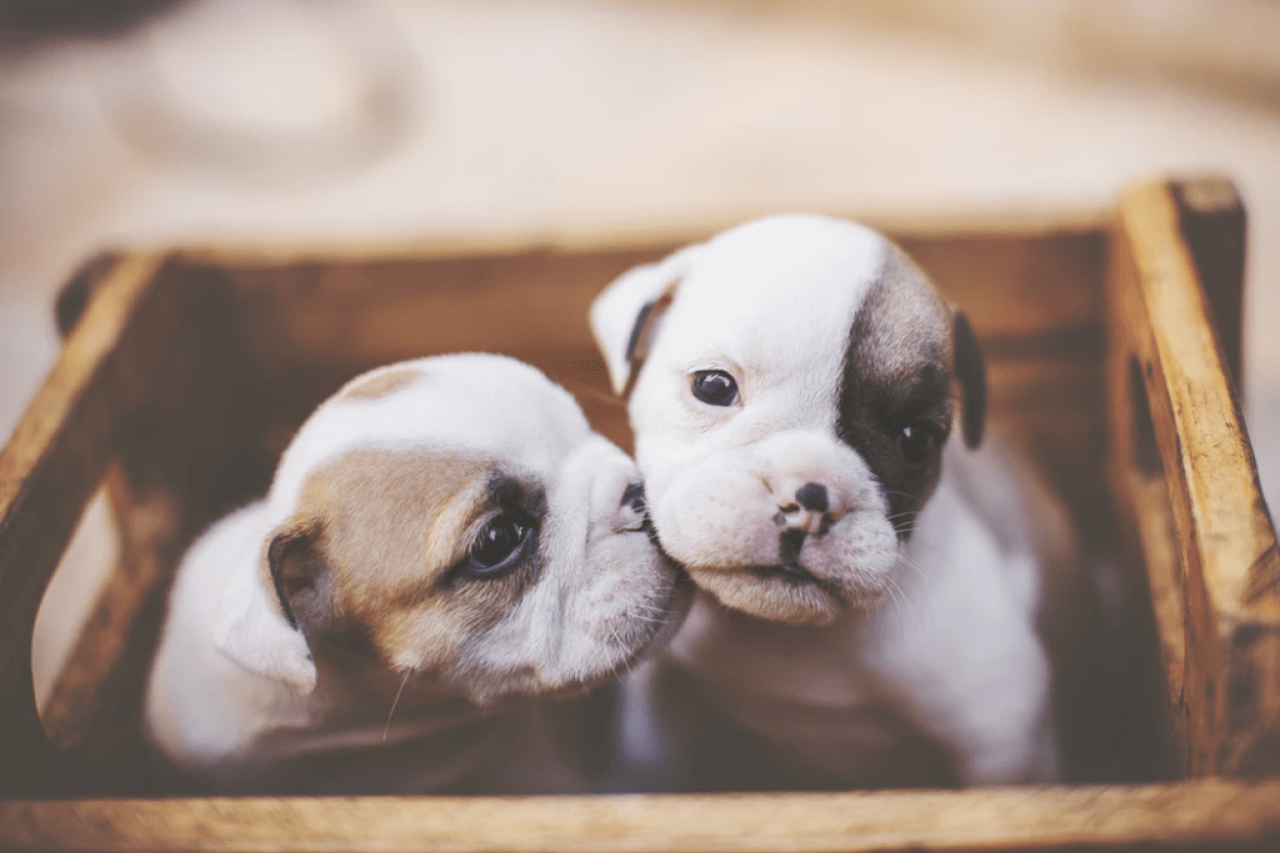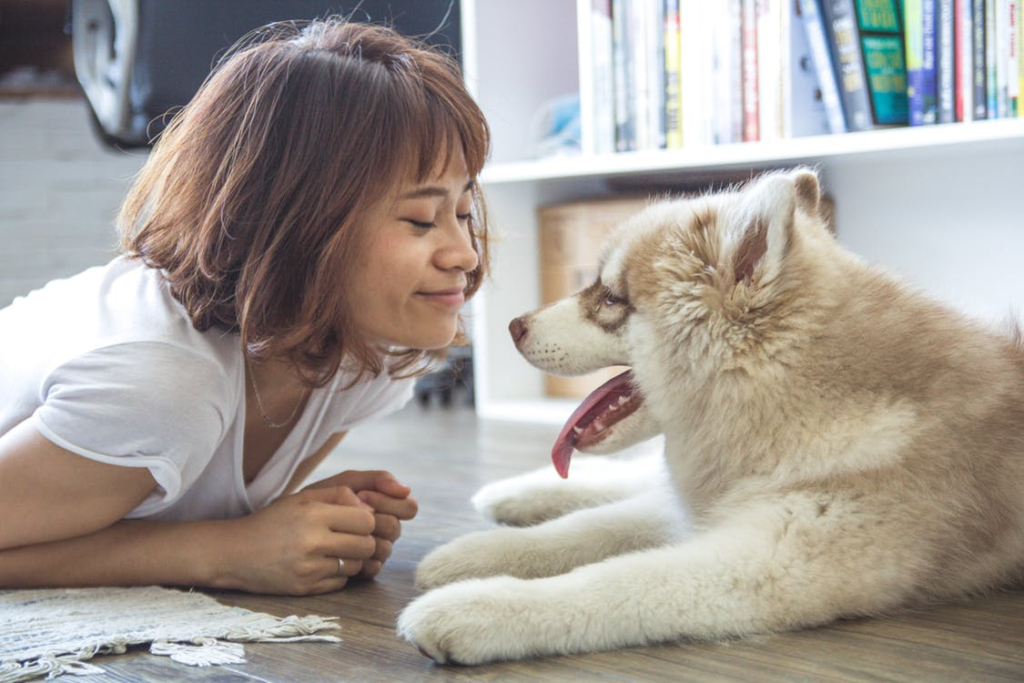
How to Crate Train a Puppy While Keeping Your Sanity
So you are about to bring home your new furry family member and the time has come to tackle the crate training process.
Wondering where to begin?
Start with setting them up for success by doing your research and preparing your future pupper's crate space ahead of time. You will need:
- A crate that is the right size for your dog
- Toys
- Treats or kibble
- A soft blanket or pad for the inside of the crate
- Patience
Ready to get started, pet parent? Let’s dive in on how to crate train a puppy.
Why It’s Important to Crate Train
Crate training is an important first step toward getting your new puppy, and even an older dog or rescue acclimated to its new home. The saying, "You can't teach an old dog new tricks" need not apply.
Dog crates are an important tool for house training new puppies, rescue dogs, and senior dogs alike. It is important to recognize that crating your dog should never be practiced in the long term. The American Society for the Prevention of Cruelty to Animals (ASPCA) tells dog parents that crates are “best used as a relatively short-term management tool, not as a lifetime pattern of housing.” The word “crate,” in this circumstance is just a softer term for “cage,” which is what it is. Crates are a temporary training tool, not a way of life.
Crate training is not going to happen overnight, or even over a few days. With time and patience a crate-trained dog will learn to be house trained, combat separation anxiety, and stay out of trouble.
Crate Training How-Tos

Before diving into crate training you need to get your fur baby used to the idea by treating it as an enjoyable and safe place. You want them to be able to go in voluntarily when the hard work begins. If you follow these steps and make it a consistently positive experience, crate training a puppy for the first time will go as smoothly as it can.
Familiarizing Your Dog With the Crate
Familiarize your new puppy with the crate by placing a favorite toy inside and spreading kibble or treats in and around it. They'll come to think, "Wow! There's food and fun in this thing!" Praise them for sniffing around the crate and interacting with it even if they have not gone inside yet.
Once they are inside, reward them with more treats and praise. Do not force them inside the crate. Hang out with your pup for a few minutes while they are inside with the crate door open. Keep rewarding them with treats and praise while they stay inside. After a few moments have passed, call your puppy out to you and offer more praise.
Practice having your puppy go in and out of the crate willingly several more times until they seem comfortable with it. Slowly close the crate door and keep it closed for a minute. If they remain calmly inside for that short amount of time open the door and reward them with lots of treats and praise!
If your dog seems at ease with the crate at this stage you have completed an important first step! If they have not quite reached that level of comfort keep practicing being around the crate before moving forward. Crate training a puppy cannot be rushed.
Spending Longer Periods of Time in the Crate
Note that it can take weeks for your dog to get to a certain level of comfort with crate time. To get your dog excited about being in the crate try feeding them meals in there. Fill a bowl with a little bit of kibble and have them eat inside with the crate door closed. Let them out of the crate once they finish eating and take them outside to eliminate.
If your puppy starts to cry after eating, do not let them out until the crying has stopped for at least a few seconds. Letting them out for crying will make them associate crying with being let out. They will just keep crying until they get that exact end result. Slowly increase the amount of time spent in the crate after they finish eating. Once they can calmly be in the crate for up to 10 minutes after eating, move on to crating them for short periods of time without the meal.
Next time you practice crate training gradually increase the number of minutes spent in the crate until your dog is comfortable with you being out of sight for at least 20 minutes. Once they have been left for that long without panicking, try leaving the house for short periods of time so they get even more used to it. Leave treats inside the crate each time you leave so their focus is on the food rather than you leaving them.
Potty Training Using a Dog Crate

Dogs do not want to soil their own bedding. You want to play on this instinct by taking them outside to relieve themselves each time they are let out of the crate. Accidents will happen. Just like you would if your pup has gone to the bathroom inside the house, do not scold or punish them if they have eliminated in the crate. Take them to potty outside immediately.
Take more potty breaks than you think they need, especially on the first night. Consistency is key, particularly for young puppies and adult dogs who have not learned the ropes yet. When they eliminate outside, always praise them and reward them with treats. They will learn to recognize that this only happens when they eliminate outside, not inside.
The Downfalls of Crate Training
While the crate is a good temporary training tool, if used improperly there will be negative effects on your dog. Crating your dog for longer than is recommended is cruel and will even create behavior problems like depression, aggression, and hyperactivity, or worsen existing problems.
Being locked up in a small space like a crate for hours on end prevents dogs from engaging in basic learning activities like socialization, which is why you must take the time to let your puppy out for frequent eliminations breaks. Be consistent! A great alternative to a crate is a fenced-in area of your home using a baby gate.
Final Thoughts on Crate Training
Here are some key things to keep in mind while you are crate training your dog:
- Puppies and adult dogs that are not house trained should not stay in a crate for longer than 2-3 hours at a time. The newbies can't hold it for that long!
- Never use your dog's crate as a punishment. If used in this way your dog will come to fear it and refuse to enter. If you treat your dog's crate as a prison, they will associate it as a place where scary things happen. It is important you teach them that this is their comfy and safe space.
- Do not leave dogs in the crate all day and night. They need social interaction, the correct amount of exercise, and play to live full, happy dog lives.
- The crate is a training tool, not a lifestyle. Dogs are not meant to be confined in small spaces like that for extensive periods of time.
- If your dog's kibble or basic treats aren't cutting it when encouraging them to spend time in their crate, upgrade to higher value treats or a peanut butter-filled Kong.
- Be patient! Crate training a puppy, let alone dog training in general, is a long and even stressful process. Once it's done, life with your new dog is going to be so much easier for the both of you. You got this!




























